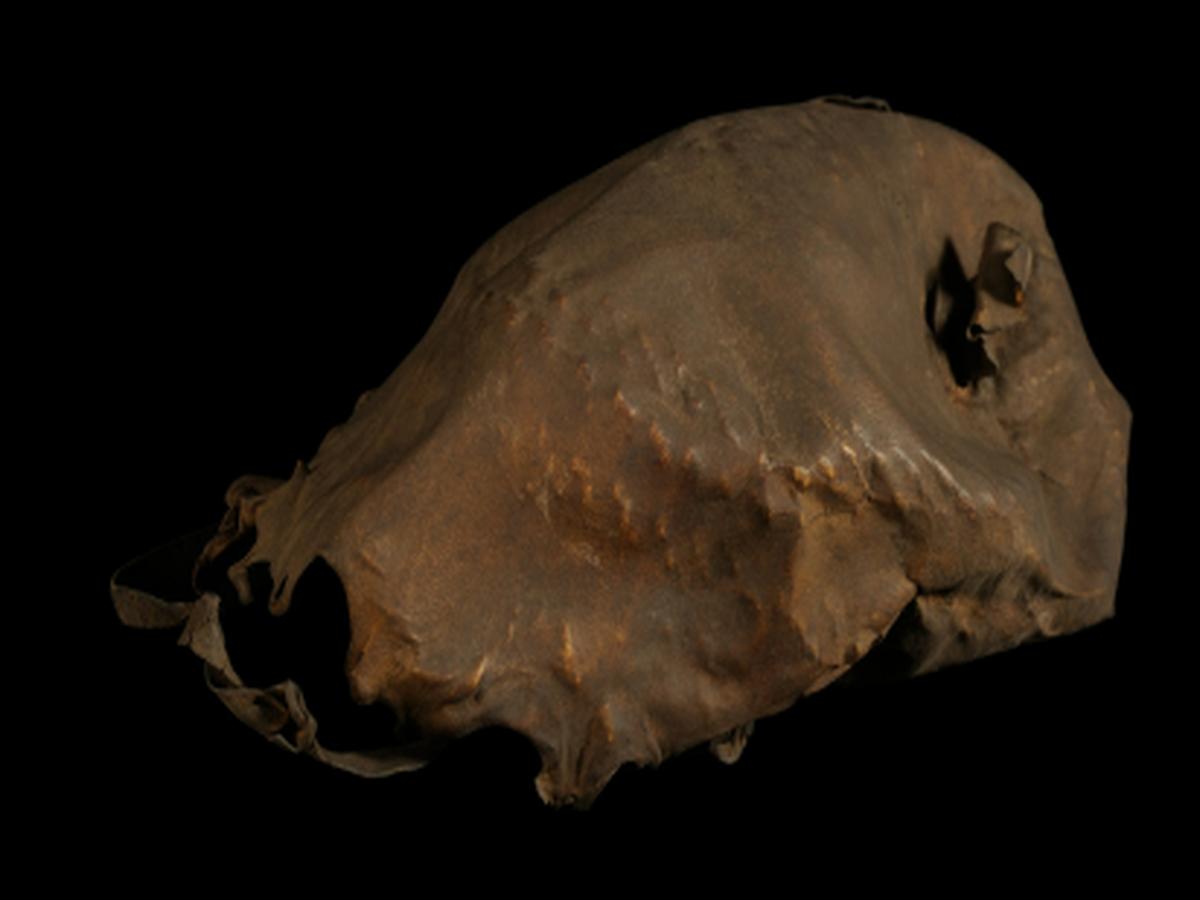State
Tribe Name
Art Type
short description
The hat is really leather and is said to be made by the Mishmi tribe in Arunachal Pradesh; it exhibits a characteristic type of tribal headgear that keeps protection, utility, and craft in mind.A small circular helmet like cap is on display in the Indian Museum in Kolkata. It is made of tightly woven cane strips providing the cap with all durability yet light in weight.
Thumbnail

Filter Postion
Left
Filter Background
Off
Theme
Filter Header Image

content
Image

description
The hat is really leather and is said to be made by the Mishmi tribe in Arunachal Pradesh; it exhibits a characteristic type of tribal headgear that keeps protection, utility, and craft in mind.A small circular helmet like cap is on display in the Indian Museum in Kolkata. It is made of tightly woven cane strips providing the cap with all durability yet light in weight.
Adding to the structural grace is a distinctive projection on the front rim, possibly a stylistic and functional addition—protecting the forehead or ensuring visual uniqueness. What further improves the design in terms of utility are twisted bark threads attached at two points close to the rim, probably for tying and securing the cap onto the head while undertaking moving or labor-heavy work. The Mishimi are the eastern Himalayan inhabitants known for their delicate cane-and-bamboo craft, and the cap speaks of their skills in the utilization of natural resources like bark, cane, and leather by the design. It may have served ritual and everyday purposes: protecting the head from the beating sun or rain and showing tribal identity in communal gatherings. This cap is thus an object which goes beyond mere utility and to a degree is also representative of cultural identity and adjustment to environment.
Adding to the structural grace is a distinctive projection on the front rim, possibly a stylistic and functional addition—protecting the forehead or ensuring visual uniqueness. What further improves the design in terms of utility are twisted bark threads attached at two points close to the rim, probably for tying and securing the cap onto the head while undertaking moving or labor-heavy work. The Mishimi are the eastern Himalayan inhabitants known for their delicate cane-and-bamboo craft, and the cap speaks of their skills in the utilization of natural resources like bark, cane, and leather by the design. It may have served ritual and everyday purposes: protecting the head from the beating sun or rain and showing tribal identity in communal gatherings. This cap is thus an object which goes beyond mere utility and to a degree is also representative of cultural identity and adjustment to environment.
Image Mode
landscape
promoted
On
Verified
Off
